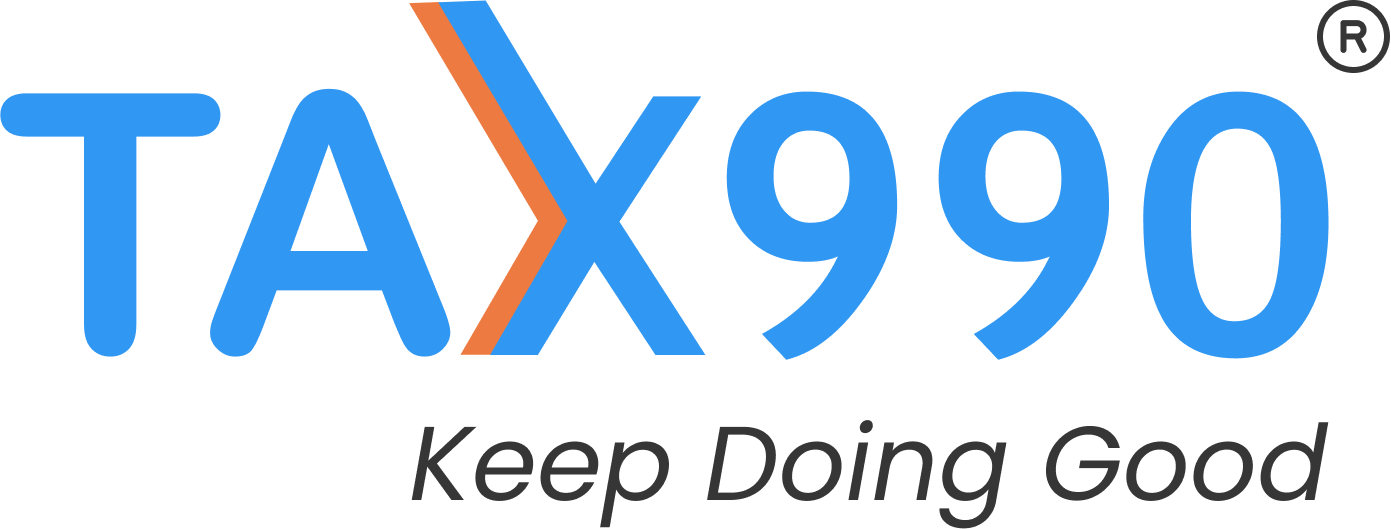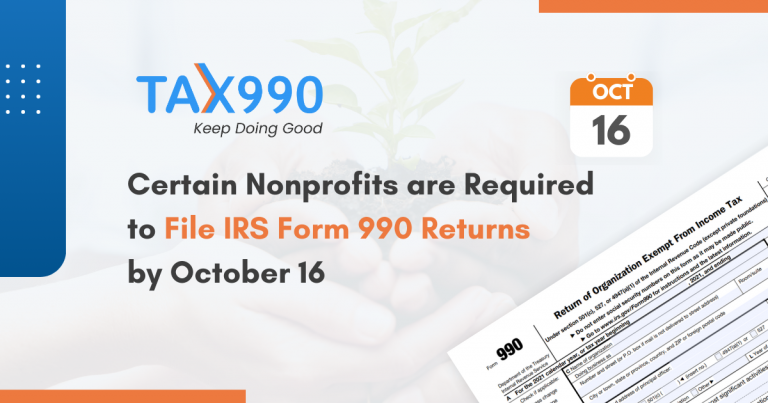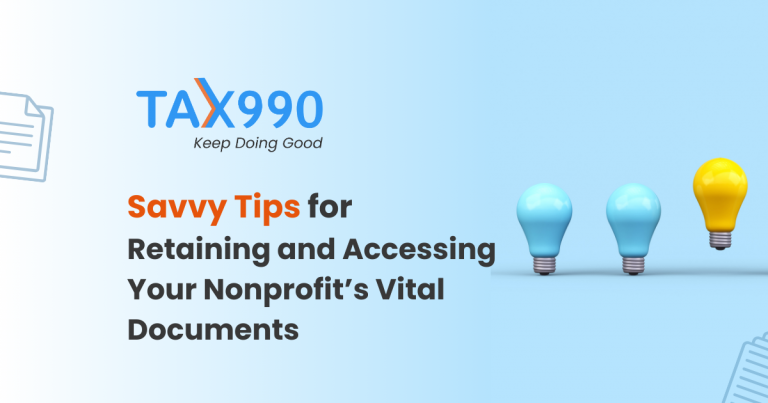Estimated reading time: 16 minute(s)

When it comes to financial reporting for your organization, the balance sheet plays a pivotal role. It serves as the financial snapshot that showcases your assets and liabilities, ultimately determining your net assets or fund balances.
In this blog post, we’ll break down the essential components of the balance sheet and provide you with a step-by-step guide to navigate the often complex terrain of Part X on your tax forms.
Welcome to the last blog in our series on Form 990! You’ve made it to the final three parts of the form, and we are here to help you wrap it up successfully. Not quite there yet? Be sure to check out our previous blogs to get caught up, now without further ado, let’s dive in.
Part X – The Balance Sheet
Understanding the Columns
In Part X of the 990 return, you’ll encounter two columns: (a) and (b). Here’s what each column signifies:
(a) Beginning of Year Information: This is where you report the financial data at the start of the tax year. Typically, this data should match the end-of-year information from your previous tax return. If your organization’s financial status hasn’t changed since the previous year, you’ll start this year with the same values.
(b) End-of-Year Information: This column reflects the values per category that your organization had when the tax year ended. In other words, these are your financial figures at the end of the year.
Breaking Down the Sections
Total Assets (Lines 1-16)
In this section, you’ll detail your total assets at both the beginning and end of the year for each asset category. This gives you a clear picture of how your organization’s assets have changed over the years.
Liabilities (Lines 17-26)
Here, you’ll list your liabilities for both the beginning and end of the year for each category. Understanding your liabilities is crucial to assessing your financial health.
Net Assets or Fund Balances
This is where you make a significant decision. You need to indicate whether your organization follows FASB ASC 958 or not. If you follow FASB ASC 958, complete lines 27 and 28. If you don’t follow FASB ASC 958, fill out lines 29, 30, and 31. In both cases, report the difference between your assets and liabilities for both the beginning and end of the year in the relevant categories.
Line 32: This is the total net assets or fund balances, which is the difference between your assets and liabilities. It should match what you reported on lines 27-28 or lines 29-30.
Line 33: The combined total of lines 26 and 32. This amount must equal the amount on line 16. Line 33 is your final net assets or fund balances for the year.
Part XI – Reconciliation of Net Assets
Bringing It All Together
Part XI provides a summary of your organization’s net assets and how they have changed during the year. Here’s how to fill it out:
Line 1: Pull the total revenue from Part VII, Line 12.
Line 2: Pull the total expenses from Part IX, Line 25.
Line 3: This line calculates revenue less expenses. It’s a simple subtraction of your expenses from your revenue.
Line 4: This should be the net assets from the beginning of the year, which matches the value reported on Part X, Line 32(a).
Lines 5-9: Use these lines to provide information on any other changes in net assets and fund balance that weren’t reported in Parts VIII-X.
Line 10: This line combines the values from lines 3-9 and should match the total on Part X, Line 32(b) for the end-of-year net assets or fund balances. If it doesn’t match, double-check your end-of-year values in Part X for accuracy.
Part XII – Financial Statements and Reporting
The Final Touches
Part XII is a brief three-part section that helps you provide information on your accounting method and the financial statement review process:
Line 1: Choose the method of accounting used, whether it’s cash or accrual. If it’s neither, select ‘other’ and explain the specific accounting method.
Line 2: Indicate whether your annual financial statements were reviewed, audited, or compiled by an accountant and explain if it was on a separate or consolidated basis.
Line 3: If your organization was required to undergo an audit due to federal contract awards, answer ‘Yes’ and indicate whether the audit has been completed on line 3b. If not, select ‘No’ on 3b and explain your organization’s plan for completing the audit in Schedule O.
Part XII provides essential context for your financial statements and adds an extra layer of transparency to your organization’s financial reporting.
In conclusion, while navigating Parts X, XI, and XII of your tax forms may seem challenging, it’s crucial to provide correct and accurate information in Parts VIII-X to ensure appropriate calculations in Part XI.
Remember, when it comes to the specific information pertaining to your organization, it is always advisable to consult an accountant or tax preparer. You can also reference the IRS 990 requirements here.
Now, Simplify the Filing Process with Tax990
Tax990 is here to make the process smoother and more efficient. Our platform is designed to guide you through the intricate details of the 990 return, ensuring accuracy and compliance every step of the way. We have both an interview-style filing process and a form-based option, allowing you to choose the option you prefer. Tax990 also has a built-in error check feature that uses the IRS Business Rules to promote the accuracy of your organization’s 990 return.
With a user-friendly interface and helpful resources, you can confidently fill out your forms, including the challenging sections like Part X, Part XI, and Part XII, knowing you’re doing it right. Need help during the process, you can find helpful resources through our blog, YouTube channel, and Knowledge Base. Plus, we offer excellent, live customer support!
We provide you with a seamless experience, helping you save time and reduce stress while guaranteeing that your financial information is reported accurately. Choose Tax990 as your trusted partner in financial reporting, and let’s make the 990 return process easier for you.
Ready to create your free account today?




